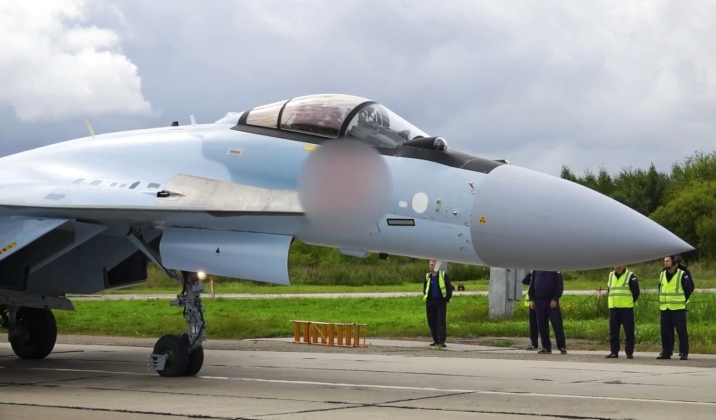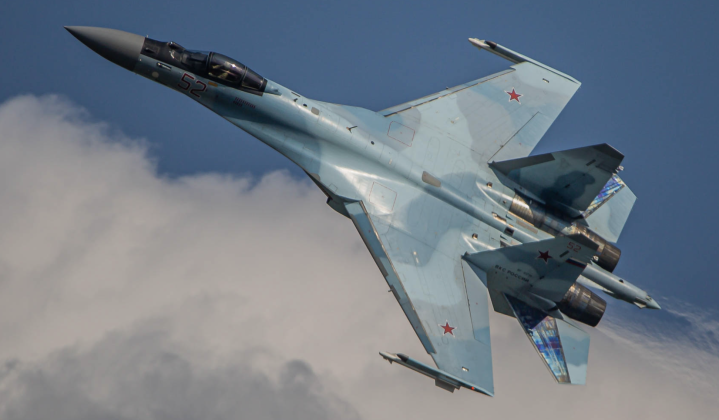News
New Su-35 Air Superiority Fighters Delivered to the Russian Air Force Amid Surged Demand
The Russian state owned United Aircraft Corporation has delivered a new batch of Su-35S ‘4+ generation’ air superiority fighter aircraft to the Russian Aerospace Forces, after the combat jets completed ground and flight testing. The delivery of the latest batch of Su-35s follows the completion of prior batchesin the final week of June and in mid-August, with demand for the aircraft being particularly high as the Defence Ministry has sought not only to replace older aircraft, but also to expand the number of fighter squadrons in service by equipping new units. State defence conglomerate Rostec reported regarding the latest delivery: “Our aircraft plants are operating at full capacity and maintaining consistently high rates of combat aircraft deliveries to the troops. The Su-35S combines the power of modern weapons, advanced electronics, and unique manoeuvrability, which makes it a ‘universal soldier’ for carrying out the most difficult combat missions — from covering aviation groups and ground facilities to striking enemy air and ground targets.”

General Director of the United Aircraft Coroporation Vadim Badekha revealed in May that work was underway to expand production of the Su-35, with the decision to do so thought have been influenced by the expectation of major new foreign orders. The Algerian Air Force in early 2025 became the second foreign client for the Su-35, while Iran has been considered likely to become the largest foreign client for the aircraft, with officials in January confirming that orders had been placed. The expansion of Su-35 production mirrors similar investments made to facilitate more rapid deliveries of the Su-34M strike fighter and Su-57 fifth generation stealth fighter, both of which have seen production more than double in the past two years. The cost of procuring the Su-35 is estimated to be between those of the Su-57 and the much less costly Su-34, at approximately $21 million per aircraft depending on exchange ranges. The aircraft was initially developed primarily for export, before major delays to the Su-57’s development resulted in a significant growth in domestic orders.

The Su-35 was developed as a heavily enhanced derivative of the Soviet Union’s premier class of air superiority fighter the Su-27 Flanker, in some respects mirroring how the U.S. Air Force’s own premier Cold War era air superiority fighter, the F-15, was developed into the F-15EX which is also being procured today. Compared to the latest F-15 variants, the Su-35 benefits from a much longer range, carriage of a significantly larger radar, and a much longer air-to-air engagement range due to its integration R-37M missies. It also boasts superior manoeuvrability and the unique integration of two secondary L-band radars in its wing roots for improved situational awareness. The sophistication of the fighter’s sensors and avionics is nevertheless considered to be significantly behind its American and Chinese counterparts, with a notable example being the reliance on data links from the early 2000s, and the lack of a modern nose-mounted active electronically scanned array radar.












